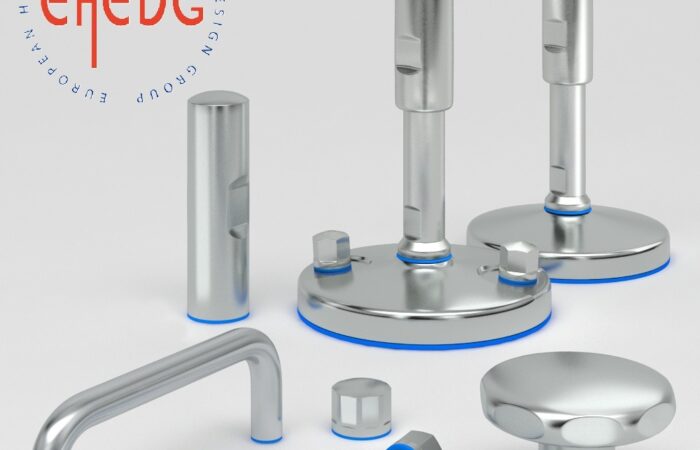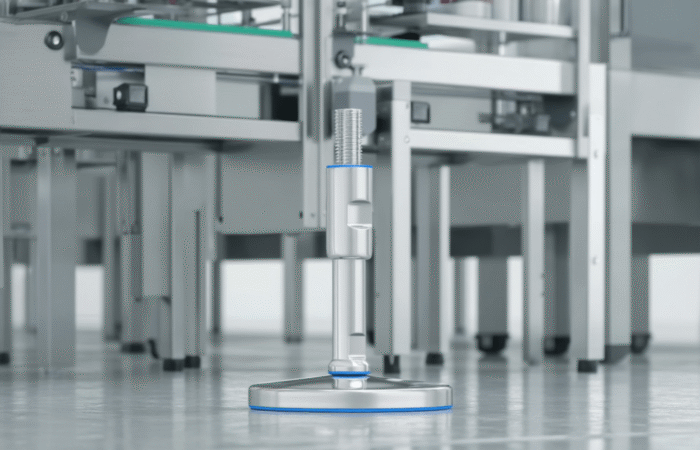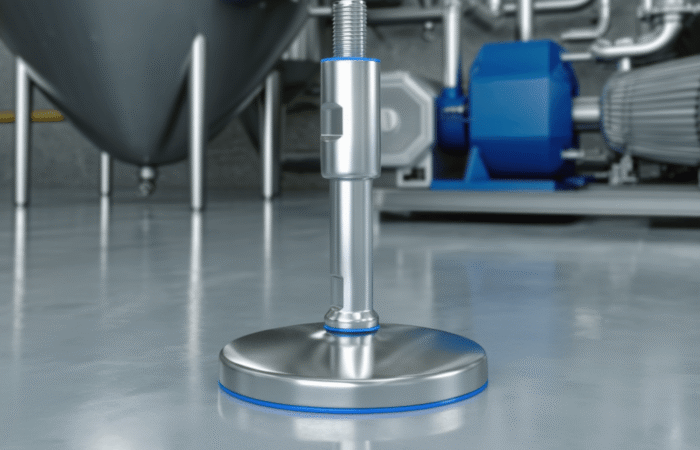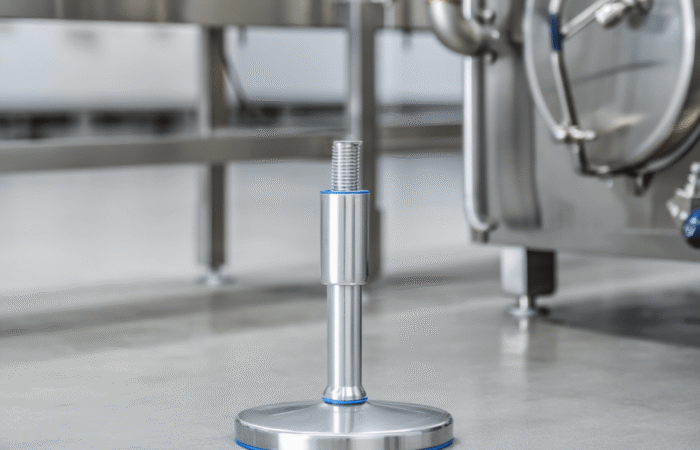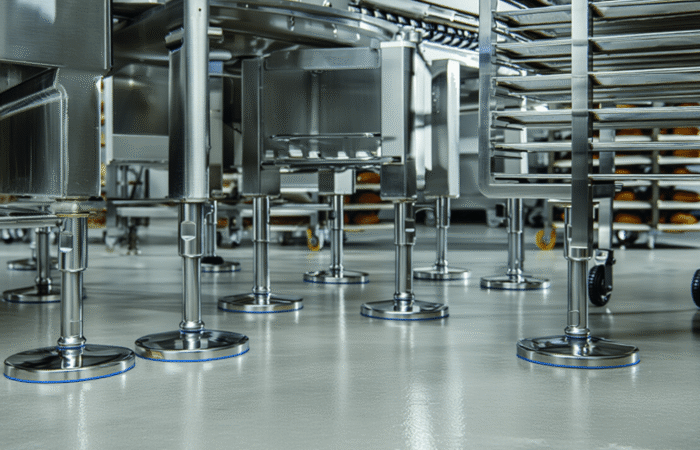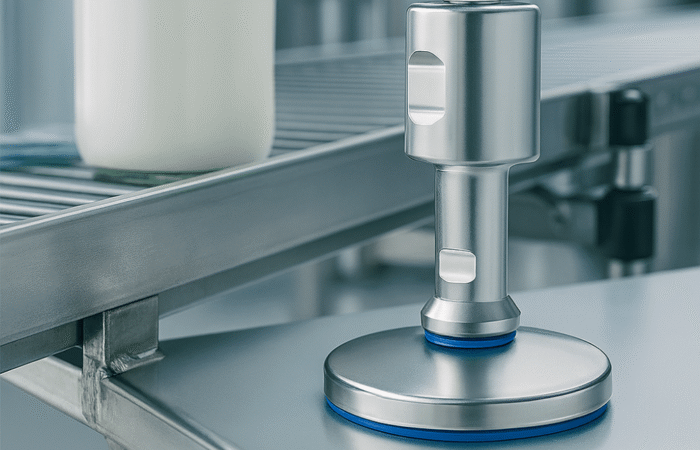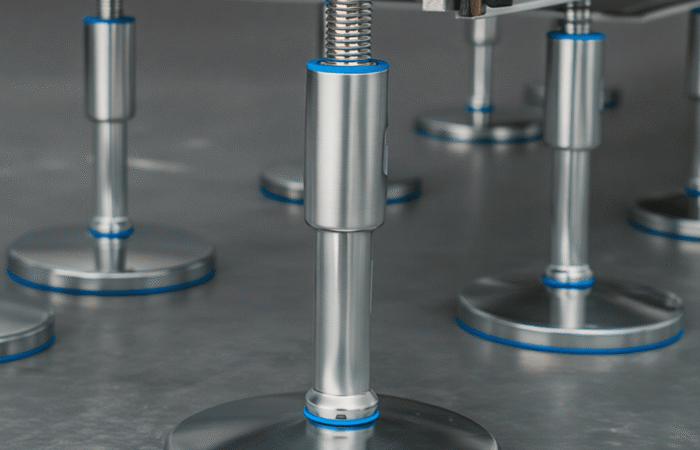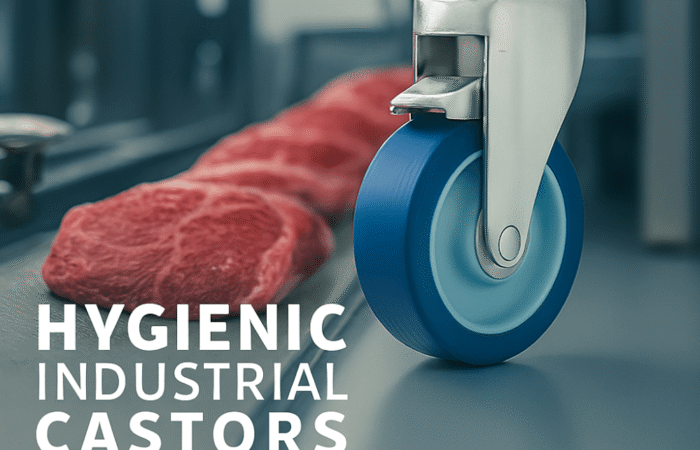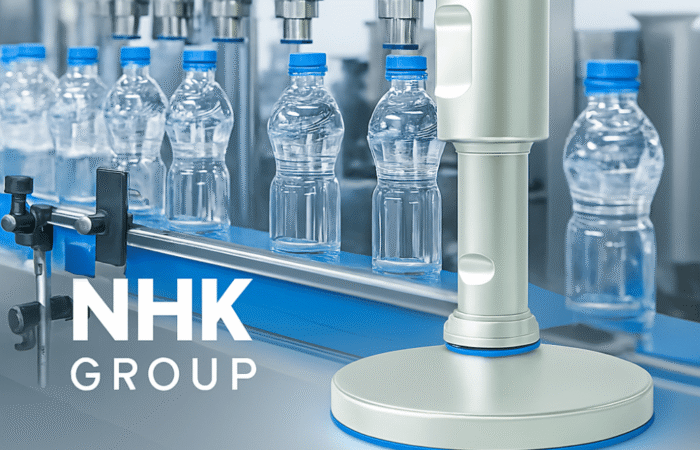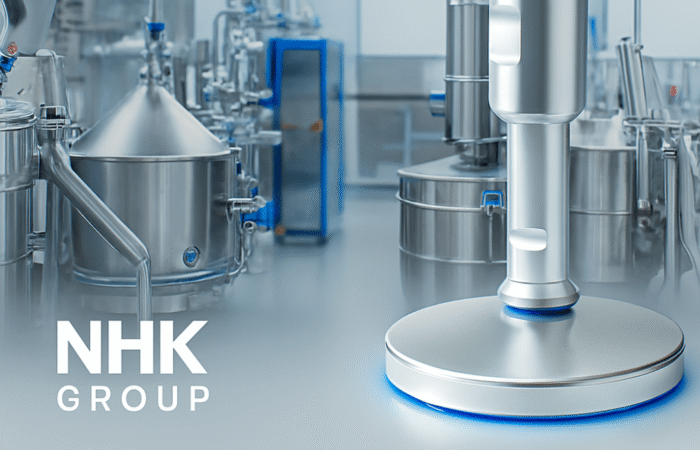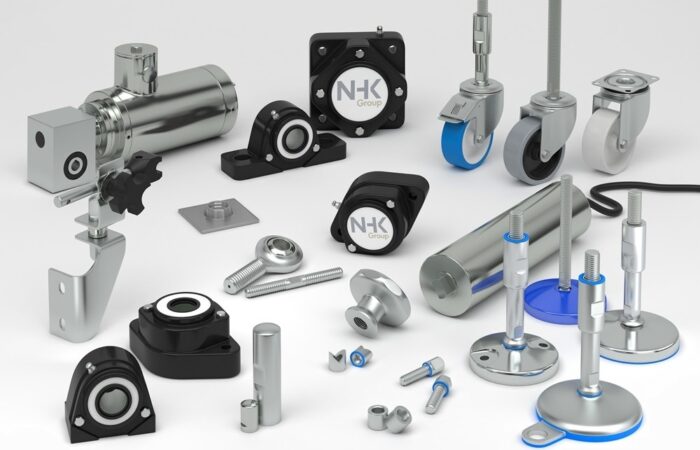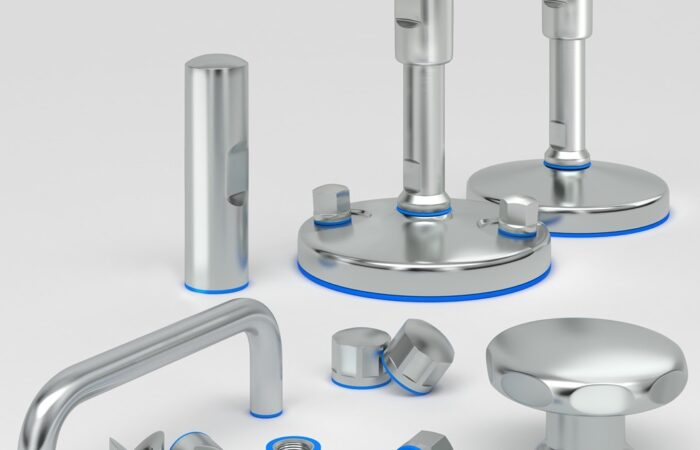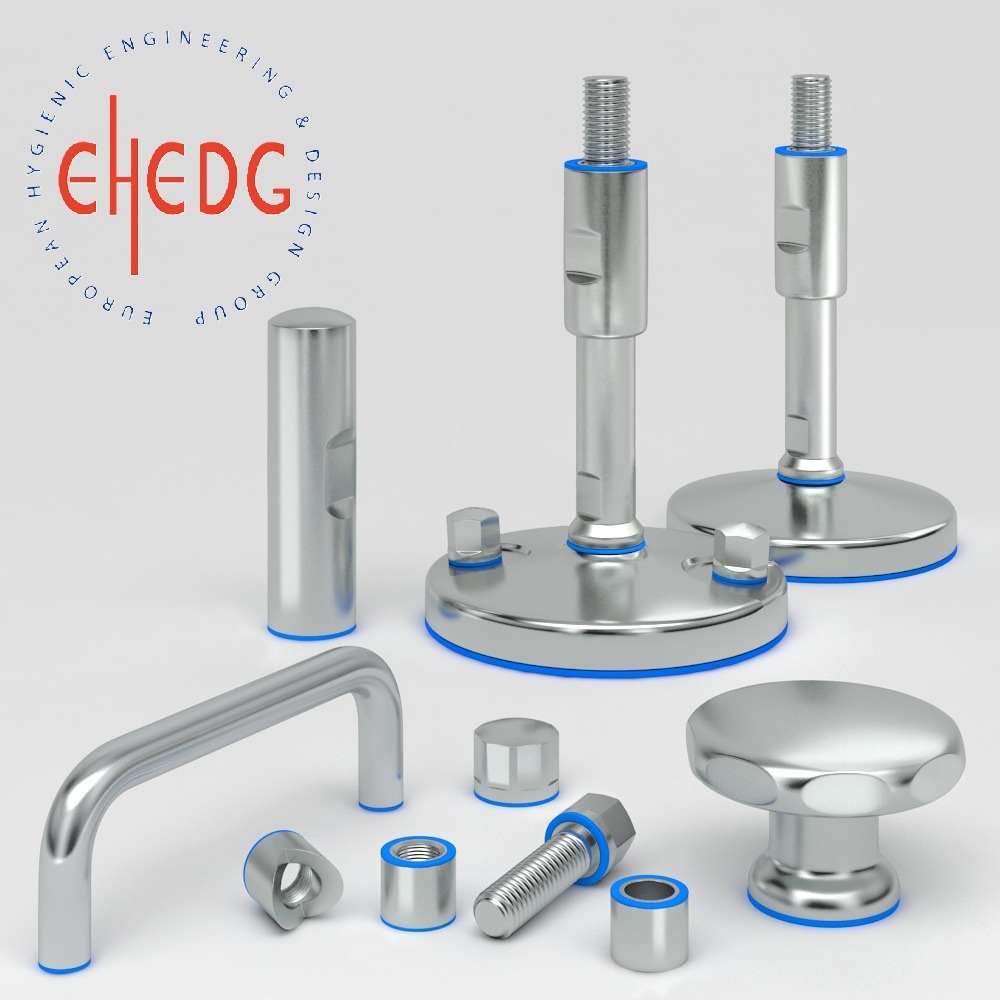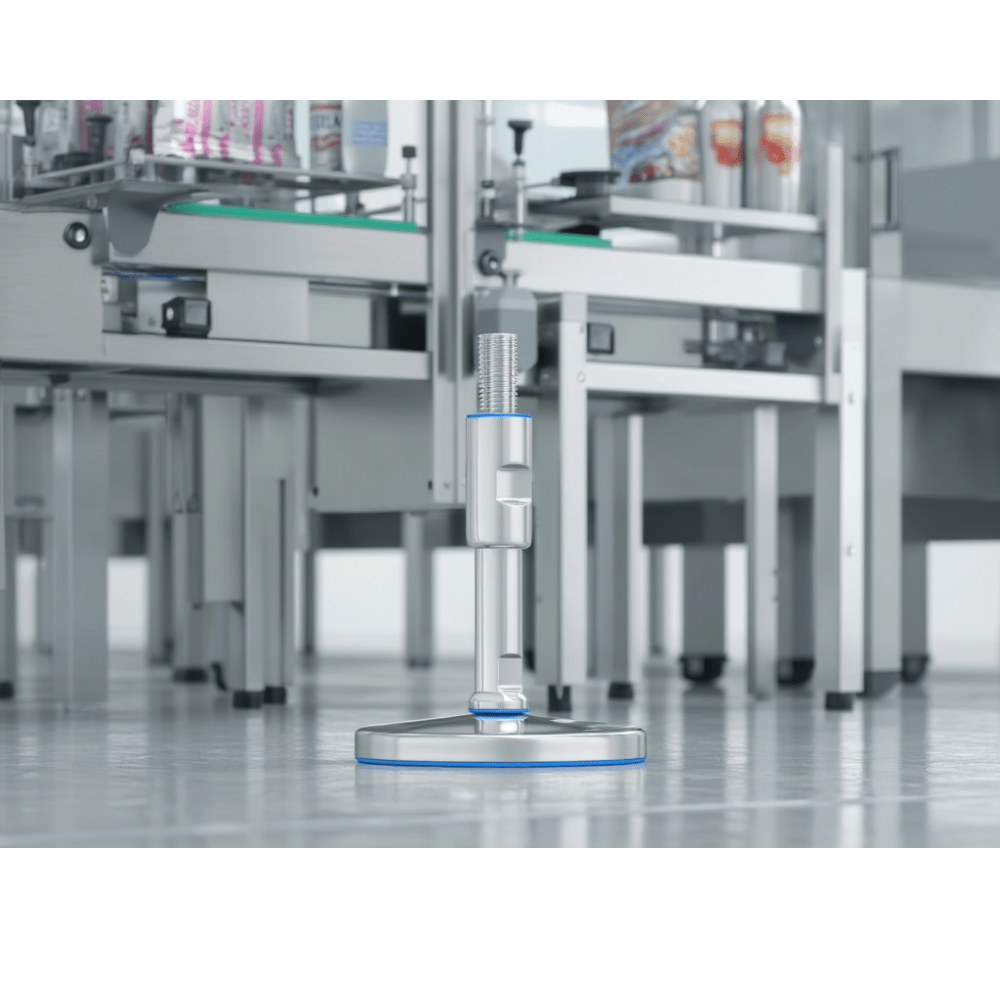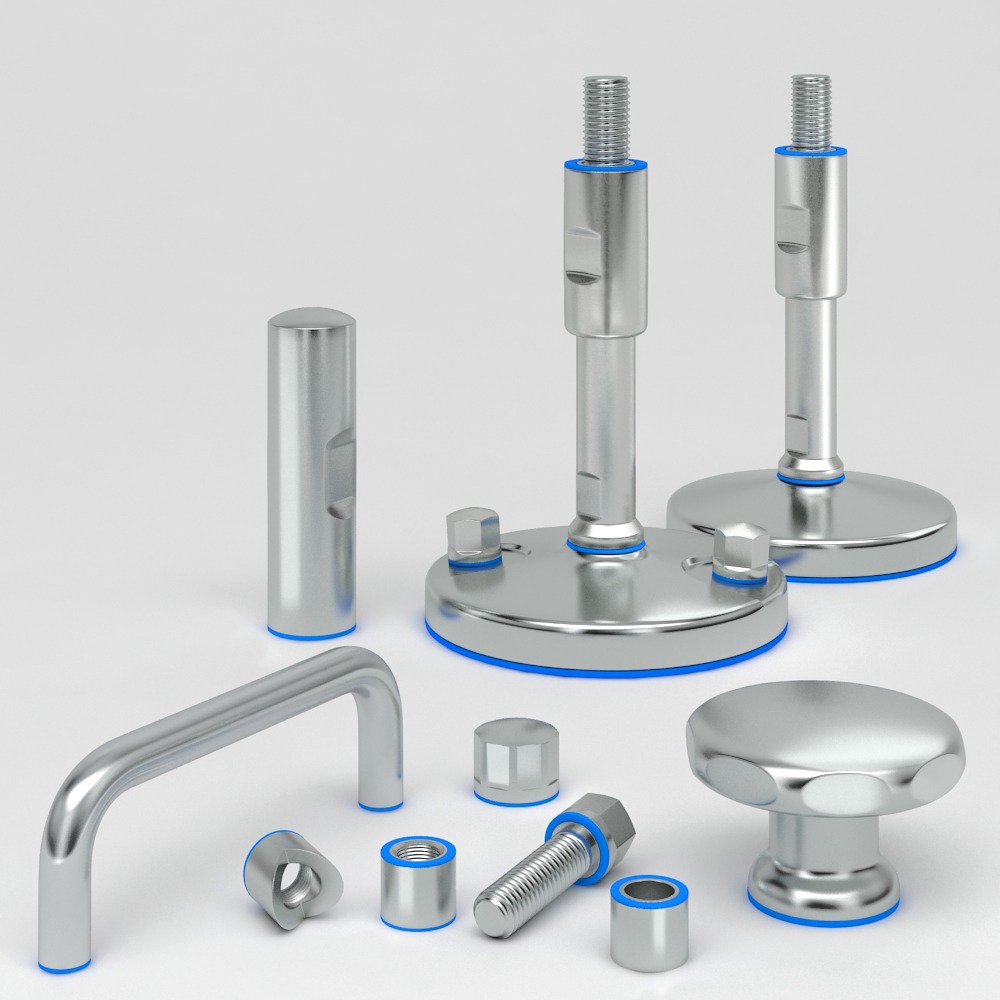
Food processing components materials
Food processing equipment plays a crucial role in ensuring the production of safe, high-quality food products. The materials used in manufacturing these components are critical for maintaining hygiene, durability, and compliance with industry regulations. In this article, we will explore the most commonly used materials in food processing equipment components and discuss their benefits and applications. Choosing the right material for food processing equipment is essential for meeting regulatory standards, ensuring food safety, and maintaining equipment longevity. Materials must be resistant to corrosion, easy to clean, and durable enough to withstand demanding production environments. Common requirements for materials in food processing equipment include: Stainless steel is the most widely used material in food processing equipment. Its popularity stems from its exceptional properties: Food-grade plastics are increasingly used in food processing equipment due to their versatility and cost-effectiveness. These materials are lightweight, non-corrosive, and available in various forms, such as seals, gaskets, and conveyor components. Specialty coatings are often applied to metal surfaces to enhance their properties. These coatings improve resistance to wear, corrosion, and microbial growth. Rubber and elastomers are critical for seals, gaskets, and vibration-dampening components in food processing equipment. These materials ensure airtight seals to prevent contamination and maintain hygiene. Aluminum is another material frequently used in food processing equipment, particularly for lightweight components such as frames, trays, and conveyor systems. The materials used in food processing equipment must meet stringent hygiene and safety standards. Key certifications to look for include: When selecting materials for food processing equipment components, consider the following factors: The materials used in food processing equipment are crucial for ensuring hygiene, durability, and compliance with industry standards. Stainless steel, food-grade plastics, specialty coatings, rubber, and aluminum all play significant roles in creating efficient and safe food production environments. By selecting the right materials, manufacturers can not only improve the longevity and reliability of their equipment but also maintain the highest standards of food safety and quality.What Materials Are Used in Components for Food Processing Equipment?
The Importance of Material Selection in Food Processing Equipment
Stainless Steel: The Gold Standard for Food Processing
Grades of Stainless Steel Commonly Used:
Food-Grade Plastics: Lightweight and Versatile
Common Food-Grade Plastics:
Specialty Coatings: Enhancing Performance and Hygiene
Popular Coatings in Food Processing:
Rubber and Elastomers: Essential for Sealing and Vibration Control
Common Types of Rubber in Food Processing:
Aluminum: Lightweight and Durable
Advantages of Aluminum:
Compliance and Certification of Materials
Factors to Consider When Choosing Materials
What Materials Are Used in Components for Food Processing Equipment?
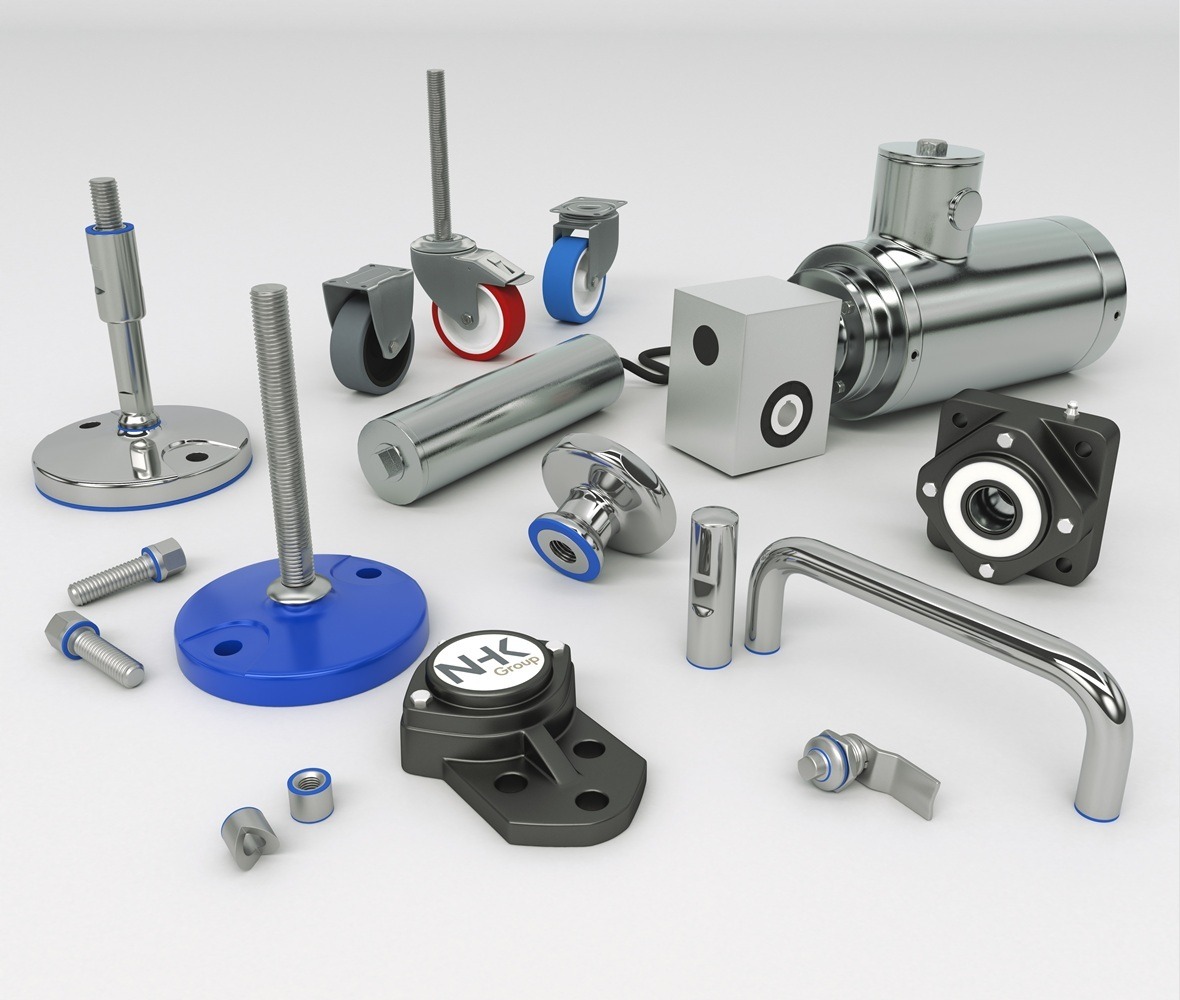
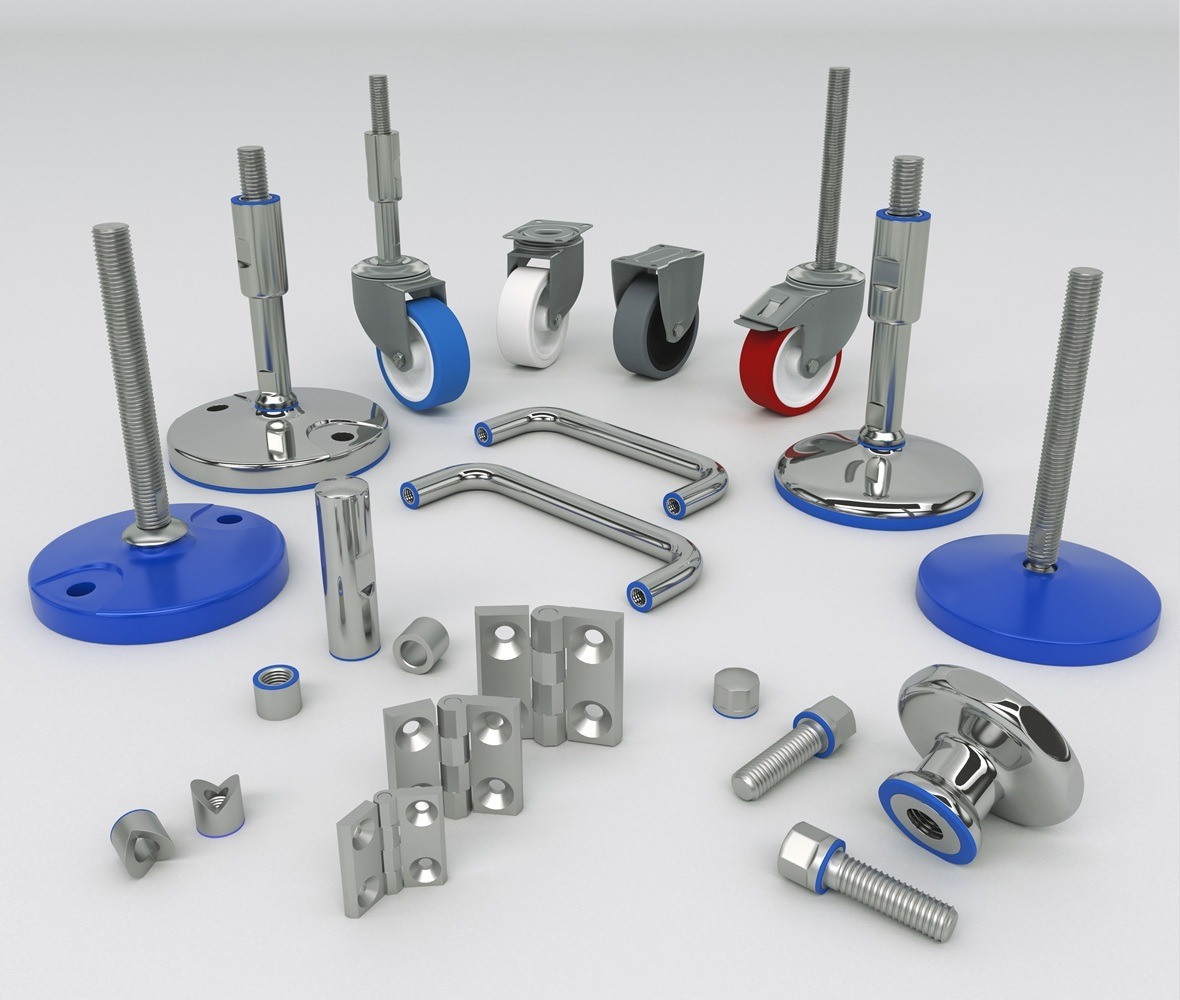
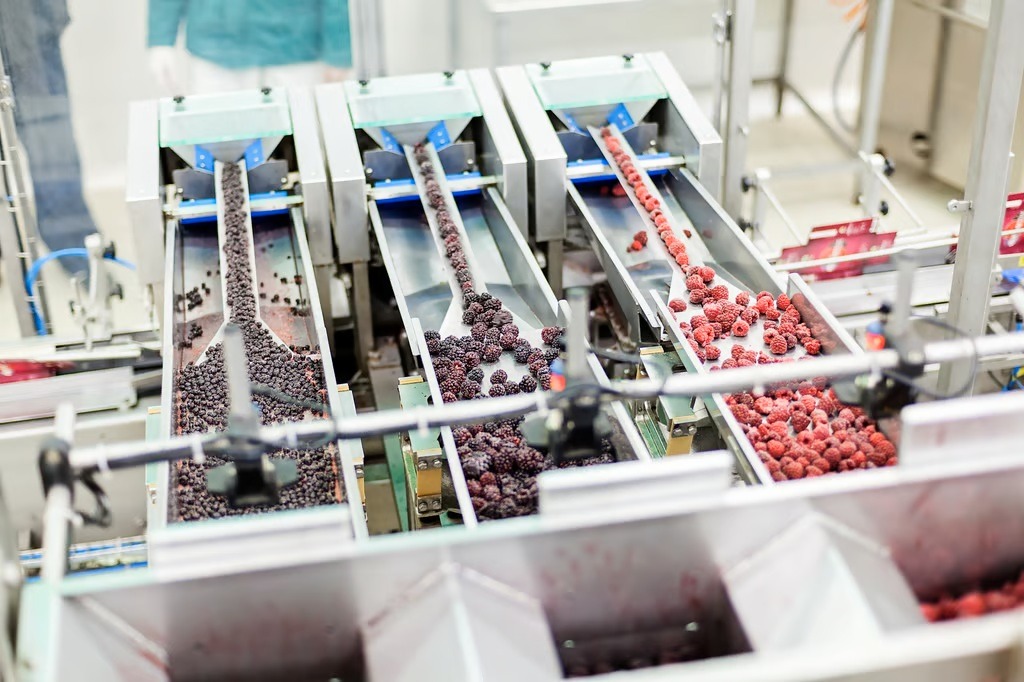
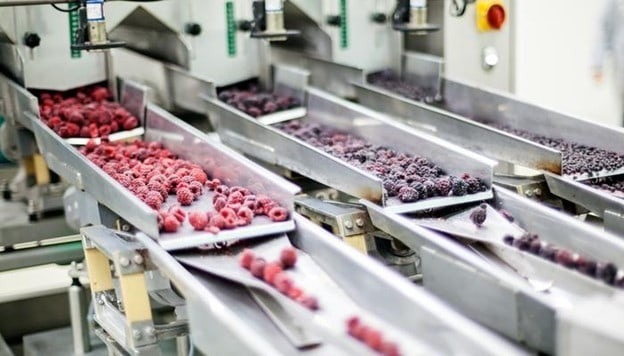
Contact
